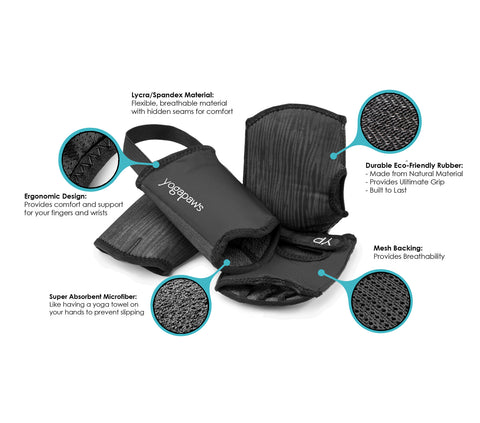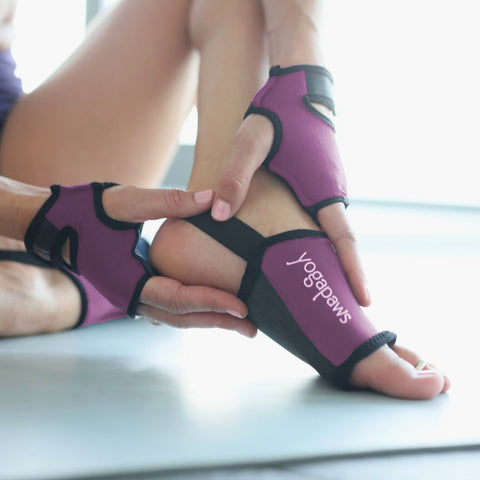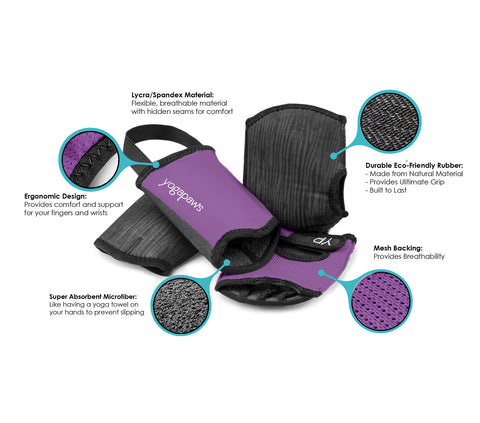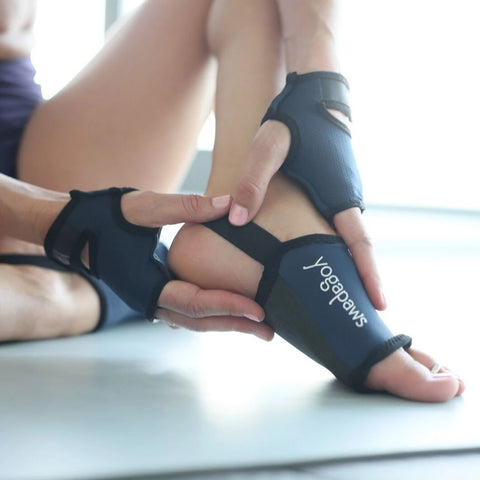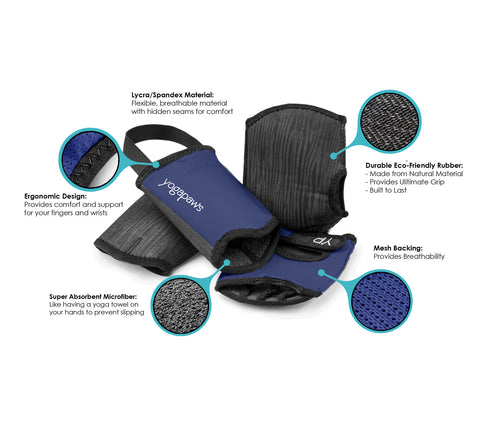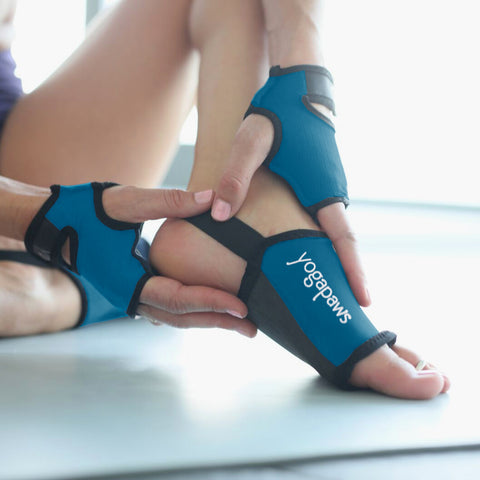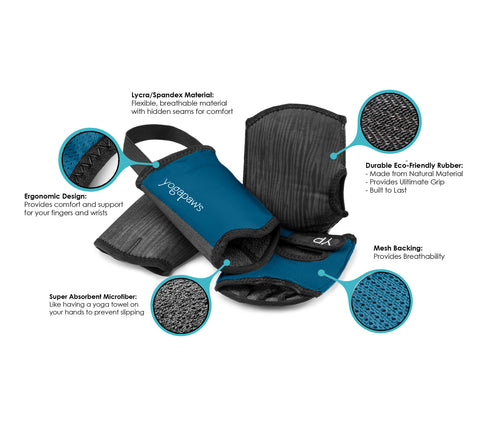Posted on March 12 2019

Whether you suffer from panic attacks or just have the occasional anxious response to stress, yoga has been scientifically proven to help lower anxiety and promote relaxation. Here are some key ways yoga can help with anxiety:
Yoga is a Great Form of Self-Care
When anxious or stressed, it’s easy to stop practicing self-care. Things such as getting enough sleep, eating well, and exercising often fall to the back burner and in turn can cause even more stress. That’s why yoga is such a great form of self-care! Yoga allows us to step on our mats and truly focus on ourselves and our well-being, even if just for an hour. Sometimes we can get stuck in our heads in a cycle of worrying, and yoga can help clear that space by changing your focus to your mind and body connection.
Yoga Relaxes Muscles and Physical Tension
When the body becomes anxious or stressed, it tends to become tense & tight. This is especially true in the shoulders, hips, jaw, and other areas of the body. Continuous tension on the body can lead to increased stress and feelings of anxiousness. Yoga helps relax the physical body by stretching the muscles and creating space for mindful movement. Yoga can help us get better at understanding how and where tension affects us most and teaches us how to let go.
Yoga Trains Us to Find Comfort in the Discomfort
When anxiety hits, it’s common for us to retreat away from things that make us feel anxious or stressed. But sometimes, retreating is just not possible. Whether it’s a task that we must do in everyday lif, or something that you have to do in order to keep your job, we can’t always avoid things that make us anxious. Yoga reminds us that discomfort is okay and can even be expected during certain postures. We learn that you can handle difficult things on your mat, and that can always be translated off your mat as well.
Yoga Helps Us Focus on Breath
Anxiety can strongly impact our breath, leading to increased heart rate and short shallow breaths. Yoga reminds us to concentrate on our breath, and to be more aware of how our breath impacts our heart rates and ability to move through even the most challenging postures. Most importantly, yoga reminds us that we can always come back to our breath off our mats to help bring you back to the present moment and calm the mind.
Here are 3 Poses to practice whenever you feel anxiety welling up (and, YES! No Savanasana!)

|
Sirsasana I (Headstand Pose)Benefits: As with many of the inversion poses, when your brain needs to find peace, this is a pose to take away mind-fog, relieves stress, and boost your energy. It strengthens your arms, lungs, and core. How it's done:
|
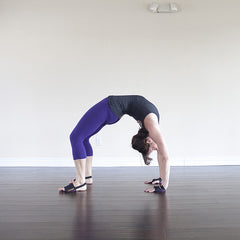 |
Urdhva Dhanurasana (Wheel Pose)Benefits: Because your weight is being supported by your legs and arms - you are strengthening your legs and arms, and wrists, glutes, the abdomen, and back. How it's done:
|
 |
Garudasana (Eagle Pose)Benefits: This pose stretches the back, shoulders, and thighs. It helps improve your balance and coordination while strengthening your legs. How it's done:
|
Thanks for reading! Feel free to take 10% off your next order with code: PAWBLOG

AUTHOR BIO
Stephanie Morgan is a yoga instructor and fitness, fashion & lifestyle blogger from Chicago! Yoga has impacted her life in so many ways, and she loves having the opportunity to teach and share her practice with others. She hopes to encourage and inspire other people to follow their dreams and find new levels of possibility in their minds and bodies by bringing their practice off their mat and into their lives! You can find her blog at www.XoStephMorgan.com
Instagram: www.Instagram.com/XoStephMorgan
Facebook: www.Facebook.com/XoStephMorgan
Twitter: www.Twitter.com/XoStephMorgan


